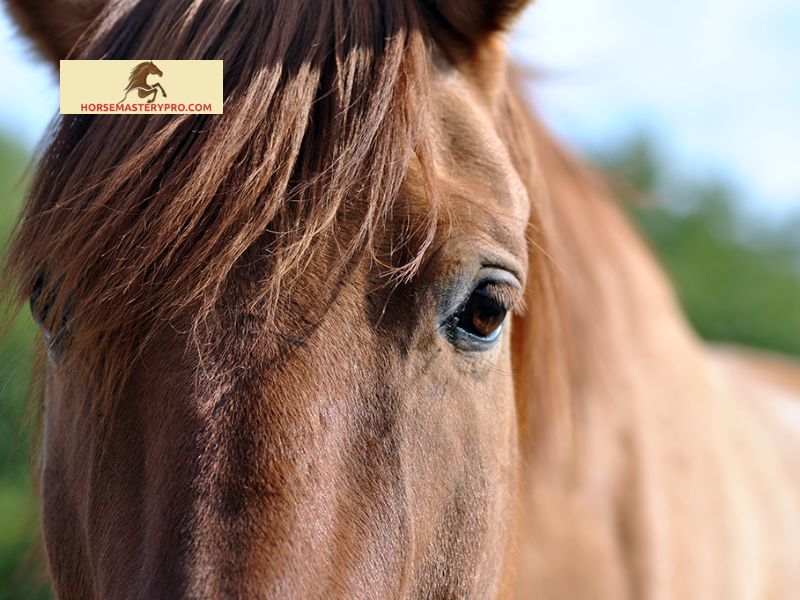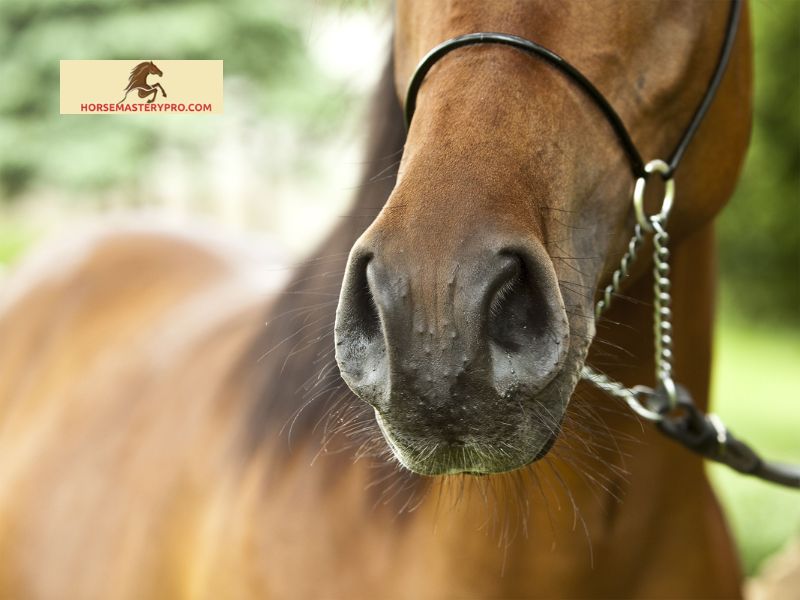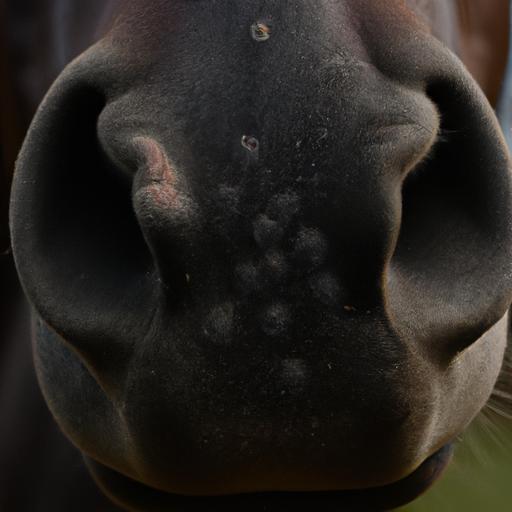Learn how to capture clear and informative warts on horses pictures with our step-by-step guide. Equip yourself with essential techniques and equipment for accurate diagnosis.
Introduction

Warts on Horses Pictures: When it comes to our beloved horses, ensuring their well-being is a top priority. While horses may face various health concerns, one particular issue that often perplexes owners is the presence of warts on their equine companions. In this article, we will delve into the world of warts on horses, providing you with essential information on identification, treatment, and the significance of utilizing pictures for accurate diagnosis.
What are warts on horses?
Warts, scientifically known as equine papillomas, are a common skin condition affecting horses of all ages and breeds. These benign growths are caused by the papillomavirus, and while they may sound alarming, they are usually harmless and tend to resolve naturally over time. However, understanding the nature of warts and distinguishing them from other skin conditions is crucial for maintaining the overall health and well-being of our equine companions.
Importance of identifying and treating warts on horses
As responsible horse owners, it is essential to be able to identify and differentiate warts from other skin conditions. By accurately identifying warts, we can alleviate any concerns and ensure appropriate treatment, if necessary. Moreover, early detection can prevent the spread of warts to other horses, as they are contagious. By taking proactive measures and implementing effective treatment strategies, we can help our horses recover swiftly and maintain their overall health.
Now that we have a basic understanding of warts on horses, let’s dive deeper into the causes behind this common equine skin condition. In the next section, we will explore the viral infection responsible for warts and the various transmission methods. Stay tuned to unravel the mysteries surrounding warts on horses and equip yourself with the knowledge needed to keep your equine companion healthy and happy.
Stay connected to horsemasterypro.com for expert advice and guidance on horse care, training, and more.
Causes of Warts on Horses

Viral Infection: Papillomavirus
Warts on horses are primarily caused by the papillomavirus, a highly contagious viral infection. The papillomavirus belongs to the family Papillomaviridae and is specifically known as equine papillomavirus (EPV). This virus can easily spread from one horse to another, especially in environments where horses come into close contact, such as boarding facilities or shows.
EPV enters the horse’s body through small breaks in the skin, often caused by bites, scratches, or abrasions. Once inside, the virus infects the basal cells of the skin, leading to the formation of warts. Although the majority of horses develop a strong immune response that ultimately clears the infection, some individuals may experience persistent or recurring warts.
Transmission Methods
The transmission of papillomavirus can occur through direct contact with an infected horse or indirectly through contaminated objects such as brushes, tack, or shared water troughs. Horses can also contract the virus by grazing on pastures where infected horses have been, as the virus can survive in the environment for a period of time.
It’s important to note that younger horses, particularly those under the age of five, are more susceptible to papillomavirus infection. Their immature immune systems are less effective at fighting off the virus, making them more prone to developing warts. However, horses of all ages can be affected.
Factors Contributing to Infection
Several factors can increase the likelihood of a horse developing warts. Stress, such as changes in environment or diet, can weaken the immune system and make horses more susceptible to viral infections. Additionally, overcrowded or unsanitary living conditions can contribute to the spread of the virus. Maintaining a clean and healthy environment, along with minimizing stressors, can play a significant role in preventing the occurrence and spread of warts on horses.
Now that we understand the root causes of warts on horses, it’s time to move on to the next section, where we will explore the symptoms and identification of warts. By becoming familiar with the appearance and characteristics of warts, we can confidently identify them and differentiate them from other skin conditions. Stay tuned to uncover the secrets of spotting warts on your equine companion.
Symptoms and Identification of Warts on Horses

Appearance of Warts
To accurately identify warts on horses, it is crucial to understand their distinct appearance. Warts typically manifest as small, round, and firm growths on the horse’s skin. They can vary in size, ranging from a few millimeters to a centimeter in diameter. These growths often have a rough texture, resembling cauliflower-like clusters. While warts can appear anywhere on the horse’s body, certain areas are more prone to their development.
Common Locations on the Horse’s Body
Warts on horses commonly occur in areas where skin-to-skin contact or friction is prevalent. The most frequent locations include the muzzle, lips, chin, ears, eyelids, and around the mouth. Additionally, warts may appear on the neck, chest, belly, and genital areas. Keep a close eye on these regions, as recognizing warts early on can aid in prompt treatment and prevent further spread to other horses.
Differentiating Warts from Other Skin Conditions
Distinguishing warts from other skin conditions can sometimes be challenging. However, there are a few key factors to consider when attempting to differentiate warts from other similar growths. Warts generally have a distinctive appearance, as described earlier, with a rough texture and cauliflower-like clusters. It is important to note that warts are usually painless and do not cause discomfort to the horse.
If you come across any skin growths that differ significantly from the typical appearance of warts, it is advisable to consult a veterinarian for a professional diagnosis. They can help identify and differentiate warts from other skin conditions such as sarcoids, melanomas, or other types of tumors. Proper identification is vital for appropriate treatment and ensuring the well-being of your horse.
In the upcoming section, we will explore the significance of utilizing pictures in recognizing warts on horses. Pictures can serve as valuable references and aid in accurate identification. Stay tuned to discover the power of visual aids in diagnosing warts and ensuring effective treatment for your equine companion.
Continue reading at horsemasterypro.com for comprehensive insights on equine health, training techniques, and all things horse-related.
Importance of Pictures in Recognizing Warts on Horses
Visual Reference for Accurate Identification
When it comes to identifying warts on horses, a picture is worth a thousand words. The visual aspect plays a vital role in accurately recognizing and diagnosing warts. By having access to clear and detailed pictures of warts on horses, owners, veterinarians, and equine professionals can compare the physical characteristics of growths on their horses’ skin with the visual reference. This allows for a more accurate identification, reducing the risk of misdiagnosis and ensuring appropriate treatment.
Comparative Analysis for Distinguishing Warts from Similar Skin Issues
Warts on horses can sometimes resemble other skin conditions, such as sarcoids or ringworm. However, with the aid of pictures, we can conduct a comparative analysis, examining the distinguishing features and characteristics of these different skin issues. By visually comparing the appearance, size, texture, and location of the growths, we can differentiate warts from similar conditions with greater confidence and precision.
Pictures not only allow us to compare our horse’s skin condition with known cases of warts, but they also provide a valuable resource for consultation with veterinarians and equine professionals. Sharing clear images of the growths on your horse’s skin can aid in remote consultations, enabling experts to offer accurate advice and recommendations based on visual evidence.
In the next section, we will discuss the step-by-step process of capturing high-quality pictures of warts on horses. From the equipment needed to safety precautions, we will guide you through the process of documenting these skin growths effectively. Stay tuned as we continue our journey into understanding and managing warts on horses.
horsemasterypro.com is here to support you with expert guidance on horse care, training, and more. Together, let’s ensure the well-being of our equine companions.
Conclusion
In conclusion, understanding and identifying warts on horses is essential for their overall well-being. By recognizing the appearance, common locations, and symptoms of warts, you can confidently differentiate them from other skin conditions. Utilizing pictures as visual references can greatly aid in accurate identification and comparative analysis.
Taking clear and detailed pictures of warts on horses requires proper equipment, safety precautions, and positioning techniques. By following a step-by-step guide, you can capture high-quality images that provide valuable insights for diagnosis and treatment.
Remember, early detection and prompt treatment can prevent the spread of warts to other horses and ensure a swift recovery. Always consult with a veterinarian for professional guidance and to develop an appropriate treatment plan for your horse.
Stay vigilant in monitoring your horse’s skin health and be proactive in addressing any concerns related to warts. Your commitment to their care and well-being will contribute to their overall happiness and quality of life.
For more expert advice and guidance on horse care, training, and health, visit horsemasterypro.com. Our team of experienced professionals is dedicated to helping you become a knowledgeable and confident horse owner. Together, let’s ensure the health and happiness of our equine companions.
Remember, accurate identification and prompt treatment are the keys to maintaining the health and happiness of your horses. Stay informed, stay vigilant, and give your equine friends the care they deserve.
Experience the joy of horse ownership with horsemasterypro.com – your trusted source for all things horse-related.


